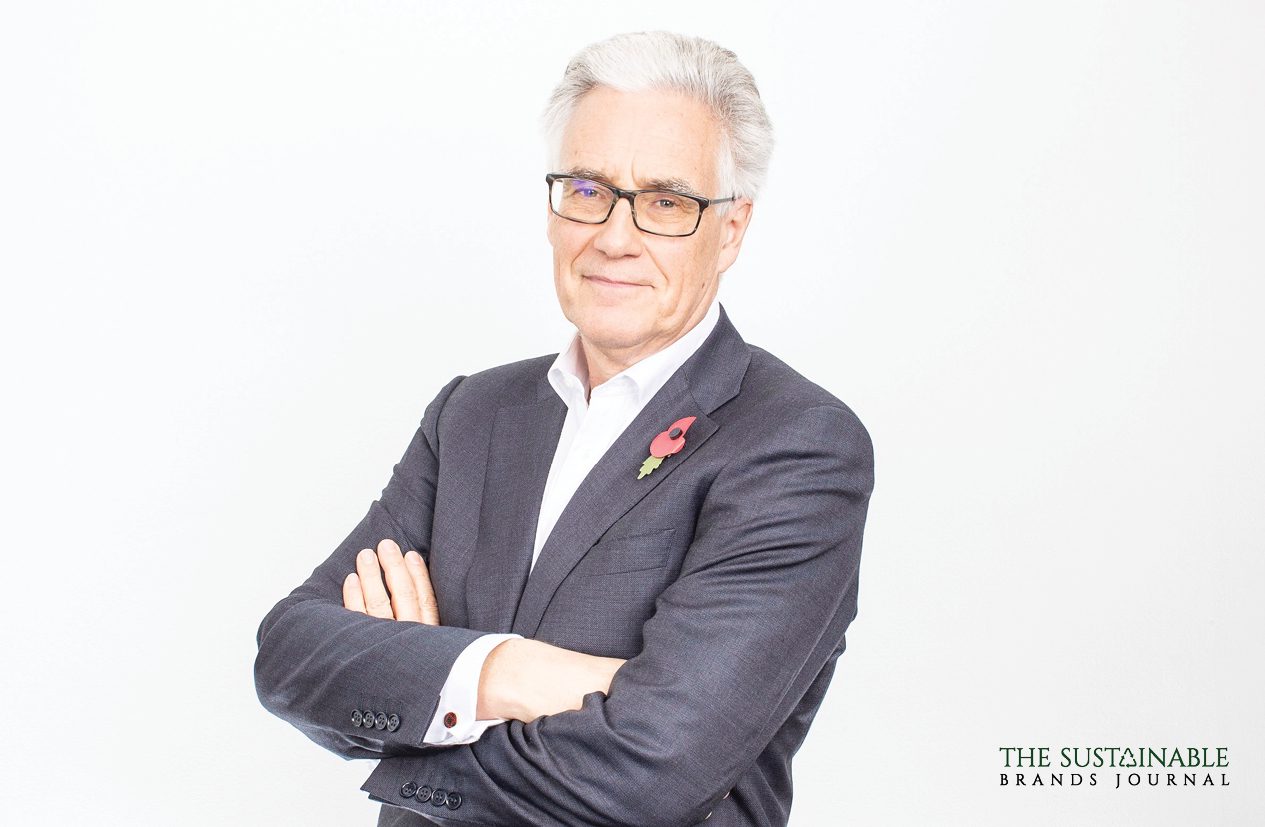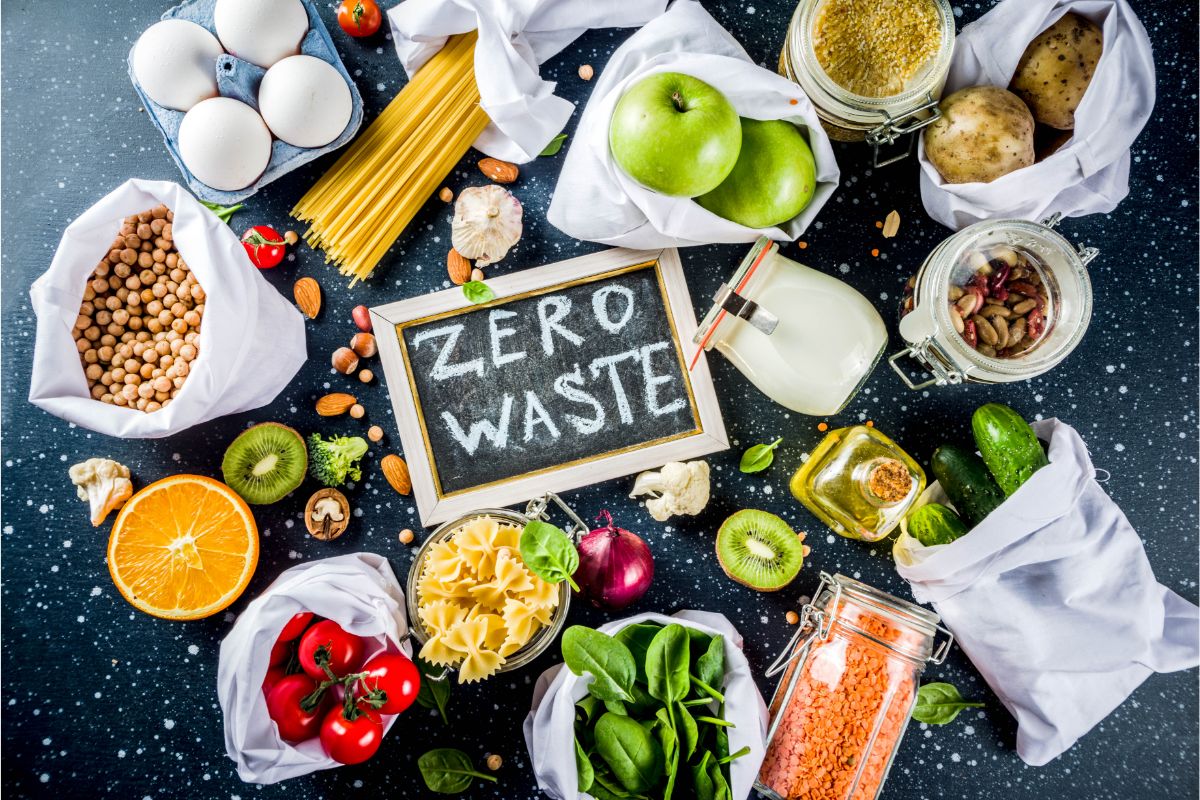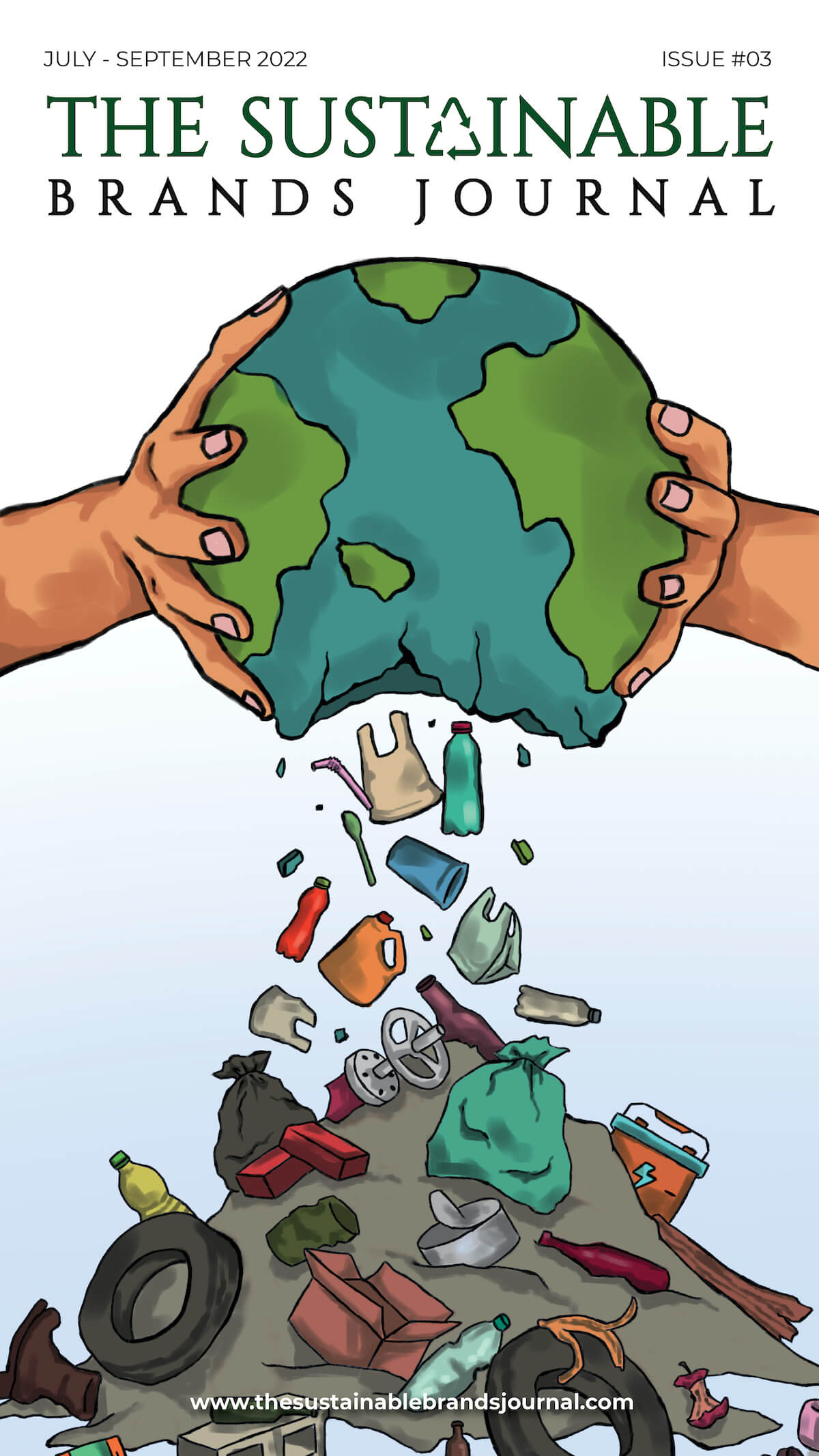
Water Pollution: A Dire Threat to Humanity’s Survival
Executive Summary:
Human civilization’s rapid expansion, driven by resource extraction and agricultural activities, has fundamentally altered Earth’s ecosystems. The resulting waste from centuries of industrialization and urbanization poses a significant threat to both environmental integrity and human health. Despite our advances in scientific understanding, conventional approaches have proven insufficient in addressing physical contamination issues, largely due to entrenched economic interests hindering innovation in the water sector.
Central to this challenge are the “Core 3” contamination sources: stormwater, agricultural runoff, and untreated wastewater discharges. While plastic pollution exacerbates these issues, it is symptomatic rather than causal. The cumulative impact of these contaminants has reached critical levels, endangering marine ecosystems and, by extension, human existence.
Addressing these challenges requires a proactive approach focused on intercepting waste before it reaches natural waterways. Innovative solutions, such as the Stormwater Filtration Device (SFD) developed by ARI Water Solutions, offer promising avenues for mitigating contamination at its source. Backed by rigorous scientific validation, the SFD presents a viable means of safeguarding urban water environments without compromising drainage infrastructure functionality.
Furthermore, a change in thinking is necessary in governmental and municipal approaches to waste management. Reallocating resources from ineffective endeavours towards sustainable strategies is imperative. Collaborating with waste management entities for device servicing and integrating stormwater treatment into urban planning are vital steps towards achieving this goal.
Moreover, education and awareness campaigns are essential to dispel misconceptions surrounding waste responsibility and promote citizen engagement. Failure to act decisively risks irreversible harm to Earth’s ecosystems and jeopardizes human survival.
In confronting this existential challenge, we must prioritize the protection of our planet for future generations. Only through collective action and visionary leadership can we chart a course towards a sustainable future, where humanity thrives in harmony with the natural world.
The Cause and Effect
“Core 1” Stormwater:
Stormwater infrastructure represents a colossal subterranean network, boasting nearly one billion drains globally. This extensive system, primarily positioned beneath roads and sidewalks, serves as the cornerstone of urban development, facilitating land settlement and fostering human habitation. It acts as the conduit between rainfall, Earth’s primary natural water replenishment mechanism, and the built environment. However, this vital infrastructure has become a double-edged sword, inadvertently transforming precipitation into a contaminated wastewater stream that pollutes waterways, groundwater, and oceans on a global scale.
“Core 2” Agricultural Runoff:
The unchecked runoff from agricultural activities poses another significant challenge. The intensive tillage of soil between crop cycles, exacerbated by over two centuries of hyper-agricultural practices, has led to the loss of over 80% of usable topsoil worldwide as noted by the many environmentalists, scientists, and organizations who have discussed the detrimental effects of agricultural runoff and soil erosion on topsoil quality and agricultural sustainability. Coupled with the application of chemical fertilizers and pesticides, this runoff becomes laden with nutrients, sediments, and pollutants, often finding its way into rivers and ultimately, the ocean.
“Core 3” Wastewater:
Wastewater discharge presents a pervasive and pressing issue, with over 80% of untreated effluent flowing directly into urban waterways and oceans worldwide. This percentage is drawn from the many environmentalists, scientists, and organizations who have studied the detrimental effects of agricultural runoff and soil erosion on topsoil quality and agricultural sustainability Despite investments, many wastewater treatment facilities remain limited to primary treatment, merely removing larger physical waste items. Chemical discharges from industrial sources further compound this problem, as industries often opt to pump their toxic waste into municipal wastewater systems. Even extensive upgrades, such as the AUD$2 billion overhaul of the Sydney Northern Beaches wastewater treatment plant, fail to address the core issue, merely extending discharge pipes further into the ocean to mitigate visible impacts during storms.
In each of these cases, the “out of sight, out of mind” mentality prevails, perpetuating the cycle of contamination. However, the consequences of these actions are far-reaching, with ecological degradation threatening the very foundations of life on Earth. Addressing these challenges requires a multifaceted approach, combining scientific innovation with strategic business initiatives to implement sustainable solutions that safeguard both environmental integrity and economic prosperity.
Plastics

Plastics, despite not being the primary drivers of ocean toxification, acidification, or deoxygenation, have emerged as potent symbols of environmental degradation and serve as a rallying point for global conservation efforts. While their widespread use dates back to the late 1960s and early 1970s, the cumulative negative impact of plastics on marine ecosystems has become increasingly apparent.
One significant concern is the ingestion of microplastics by marine organisms, which can subsequently lead to the release of even smaller nano plastics through their excretory processes.
This phenomenon not only highlights the pervasiveness of plastic pollution but also underscores its insidious nature, as even minute particles can have profound ecological ramifications.
Contrary to popular belief, the responsibility for plastic pollution extends beyond developing nations, with developed countries also contributing significantly to the problem. The prevalence of plastic waste in stormwater drains worldwide illustrates the global reach of this issue, as plastic debris from various regions ultimately converges in coastal waters. Beach cleanups following rain events often reveal a diverse array of plastics, originating from local sources as well as distant locations, further emphasizing the interconnected nature of marine pollution.
The accumulation of plastic waste in coastal oceans creates a potent cocktail of contaminants, posing grave threats to marine life and ecosystem health. As these pollutants mix and interact, they form a complex matrix of toxins that overwhelms the ocean’s natural purification processes.
Consequently, marine ecosystems face unprecedented challenges, with cascading effects on biodiversity, food webs, and ecosystem services.
The potential consequences of ocean degradation are dire, with far-reaching implications for life on Earth. Should marine ecosystems collapse, the repercussions would extend beyond the loss of iconic species and habitats, reshaping the very fabric of global ecosystems. As primary drivers of this crisis,
humans bear a profound responsibility to address plastic pollution and mitigate its detrimental effects on marine environments. By acknowledging our role in this environmental crisis and taking decisive action to curb plastic pollution, we can strive to safeguard the integrity of our oceans and preserve life as we know it on Earth.
Actions and Solutions:
Recognizing the urgency of addressing the pressing environmental challenges posed by stormwater runoff, agricultural runoff, wastewater discharge, and plastic pollution, proactive measures must be implemented to mitigate the detrimental impacts on marine ecosystems and safeguard the future of our planet.
1. At Source Treatment for Stormwater: Implementing at-source treatment solutions, such as the Stormwater Filtration Device (SFD) developed by ARI Water Solutions, offers a viable strategy for intercepting and removing contaminants from stormwater before it enters natural waterways. By retrofitting existing drainage infrastructure with innovative filtration technologies and integrating at-source treatment into new drainage installations, municipalities can significantly reduce the influx of pollutants into aquatic environments. This initiative-taking approach not only improves water quality but also extends the lifespan of critical stormwater infrastructure, minimizing long-term maintenance costs and mitigating the risk of flooding.
2. Addressing Agricultural Runoff: Addressing the unchecked flow of untreated agricultural runoff is paramount to preserving soil health, mitigating nutrient pollution, and safeguarding water quality. Strategies such as implementing sustainable agricultural practices, promoting soil conservation measures, and incentivizing the adoption of precision farming techniques can help mitigate the adverse impacts of agricultural runoff on water ecosystems. By minimizing soil erosion, reducing chemical inputs, and implementing vegetative buffers along waterways, stakeholders can mitigate the transport of sediment and pollutants from agricultural landscapes to aquatic environments.
3. Upgrading Wastewater Treatment: Upgrading outdated wastewater treatment facilities to incorporate advanced treatment technologies is essential for reducing the discharge of untreated or inadequately treated wastewater into water bodies. By investing in tertiary treatment processes, such as biological nutrient removal and advanced filtration systems, municipalities can enhance the removal of pollutants from wastewater effluent, safeguarding aquatic ecosystems and public health. Additionally, promoting water reuse and recycling initiatives can help alleviate the strain on freshwater resources and reduce the volume of wastewater discharged into natural waterways.
Combatting Plastic Pollution: Tackling the pervasive issue of plastic pollution requires a multifaceted approach that encompasses source reduction, improved waste management practices, and public education initiatives. Implementing policies to reduce single-use. plastics, promoting recycling and waste recovery programs, and investing in innovative technologies for plastic remediation and cleanup are critical steps toward mitigating the accumulation of plastic debris in marine environments. Furthermore, fostering global collaboration and raising awareness about the detrimental effects of plastic pollution can mobilize public support and drive collective action to address this pressing environmental challenge.
Risks of Inaction:
The consequences of inaction in the face of mounting environmental threats are dire and far reaching. Failure to address the root causes of stormwater pollution, agricultural runoff, wastewater discharge, and plastic pollution poses existential risks to marine ecosystems, human health, and the sustainability of our planet. Continued negligence and complacency in the management of these environmental stressors will exacerbate water quality degradation, accelerate biodiversity loss, and compromise the resilience of aquatic ecosystems.
If left unchecked, the unchecked proliferation of contaminants in our waterways will precipitate a cascading series of ecological disruptions, jeopardizing the integrity of marine food webs, undermining ecosystem services, and diminishing the capacity of aquatic environments to support life. Moreover, the proliferation of plastic pollution threatens marine biodiversity, poses risks to human health through bioaccumulation and biomagnification, and impairs vital ecosystem functions such as nutrient cycling and carbon sequestration.
The imperative to act decisively and expeditiously to address these pressing environmental challenges cannot be overstated by the social, political, industrial and commercial entities that ultimately are affected. The fate of our oceans, and indeed the future of life on Earth, hangs in the balance. By embracing innovative solutions, adopting sustainable practices, and mobilizing collective action, we can forge a path toward a more resilient, equitable, and sustainable future for generations to come. The time for action is now.
Product Representation:
Introducing the Stormwater Filtration Device (SFD) by ARI Water Solutions – a groundbreaking innovation poised to revolutionize stormwater management worldwide. At the forefront of environmental stewardship, our SFD offers a robust, at-source solution to combat the escalating challenges posed by stormwater pollution.
Protecting Our Infrastructure and Ecosystems:
Common sense dictates that the most effective strategy for safeguarding stormwater infrastructure and receiving environments is through at-source treatment. Our SFD ingeniously integrates into existing drainage systems, offering a seamless retrofitting solution without the need for costly infrastructure replacement. With a ‘drop in lift out’ design, municipalities can effortlessly deploy our device, enhancing the resilience of urban drainage networks while preserving vital ecosystems.
Unrivalled Performance and Innovation:
Central to the SFD’s efficacy is our proprietary ARI Material (ARIM), meticulously engineered to process over 3000 litres per minute per square meter, capturing particulates as small as 63µm – a feat unmatched in the industry. The groundbreaking ‘centre’ design of the ARIM insert ensures. efficient waste retention, enabling easy maintenance and reverse flushing for continued operation. Rigorous scientific validation, conducted in collaboration with esteemed institutions such as CSIRO, ChemCentre, and Curtin University, underscores the unrivalled performance and reliability of our solution.
Proven Resilience and Reliability:
The SFD has been rigorously tested to ensure compatibility with existing drainage infrastructure, seamlessly integrating without disrupting hydraulic gradients. Our commitment to excellence extends beyond product development – partnering with leading waste management companies like Cleanaway ensures prompt and efficient servicing, optimizing the longevity and performance of the SFD. By capturing waste and filtering water at the source, our solution mitigates the risk of system clogging, minimizes flash flooding, and preserves critical habitats.
A Sustainable Path Forward:
Embracing at-source treatment with the SFD heralds a new era of sustainable stormwater management. By proactively integrating our solution into new drainage installations, infrastructure providers can future-proof urban environments against the escalating threats of pollution and degradation. Together, we can pave the way for a cleaner, more resilient future, where infrastructure longevity and environmental preservation go hand in hand.
In the face of mounting environmental challenges, the time for action is now. Join us in championing the adoption of at-source stormwater treatment and safeguarding our planet for generations to come. Together, we can turn the tide on pollution and forge a path toward a more sustainable tomorrow.
Conclusion
The narrative presented highlights a stark reality: human activities, particularly in resource extraction and agriculture, have brought our planet to a critical juncture. Stormwater runoff, agricultural practices, untreated wastewater, and plastic pollution are the “Core 3” contamination sources that threaten marine ecosystems and human existence itself. Despite scientific understanding, conventional approaches fall short due to entrenched economic interests.
However, amidst this crisis lies opportunity. Innovative solutions like the Stormwater Filtration Device (SFD) offer promise in intercepting waste before it reaches natural waterways. Coupled with a shift in governmental and municipal waste management approaches, embracing sustainable strategies is imperative. Collaboration with waste management entities, manufacturers and integrating stormwater treatment into urban planning are vital steps forward.
Education and awareness campaigns are essential to foster citizen engagement and dispel misconceptions. Failure to act decisively risks irreversible harm to Earth’s ecosystems and human survival. Thus, prioritizing the protection of our planet for future generations requires collective action and visionary leadership.
The time for action is now. By embracing innovative solutions, adopting sustainable practices, and mobilizing collective action, we can chart a course towards a sustainable future where humanity thrives in harmony with the natural world. The Stormwater Filtration Device by ARI Water Solutions exemplifies this commitment, offering a robust, at-source solution to combat stormwater pollution and safeguard our infrastructure and ecosystems. Together, let us forge a path towards a cleaner, more resilient future for generations to come.
Professor Jorg Imberger

Mr Craig Rothleitner

Prachi, an accomplished Chief-Editor at The Sustainable Brands Journal, has 15+ years of experience in Europe, the Middle East, and India, managing 90+ global sustainable brands. She’s a prolific writer in sustainability, contributing to various publications. Prachi’s unwavering passion and expertise make her a recognized authority, driving positive change and inspiring a sustainable future.





